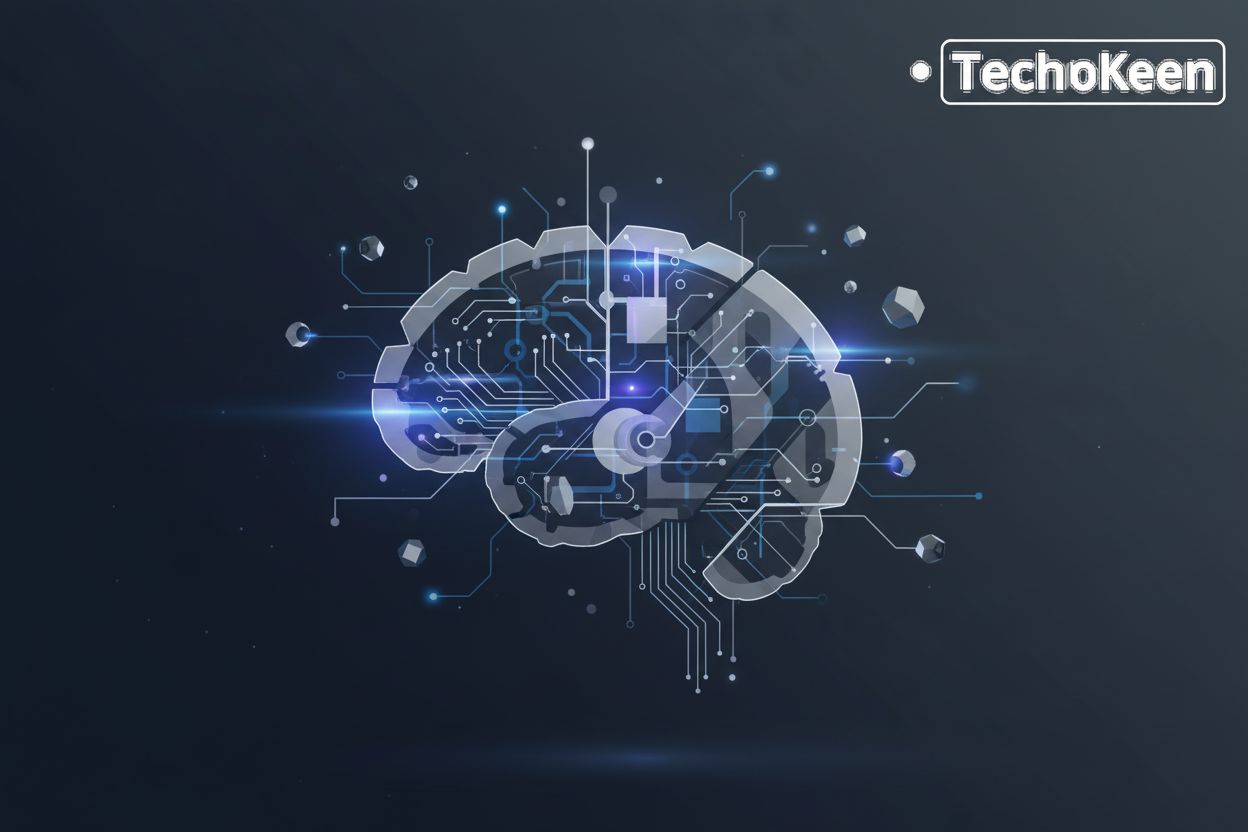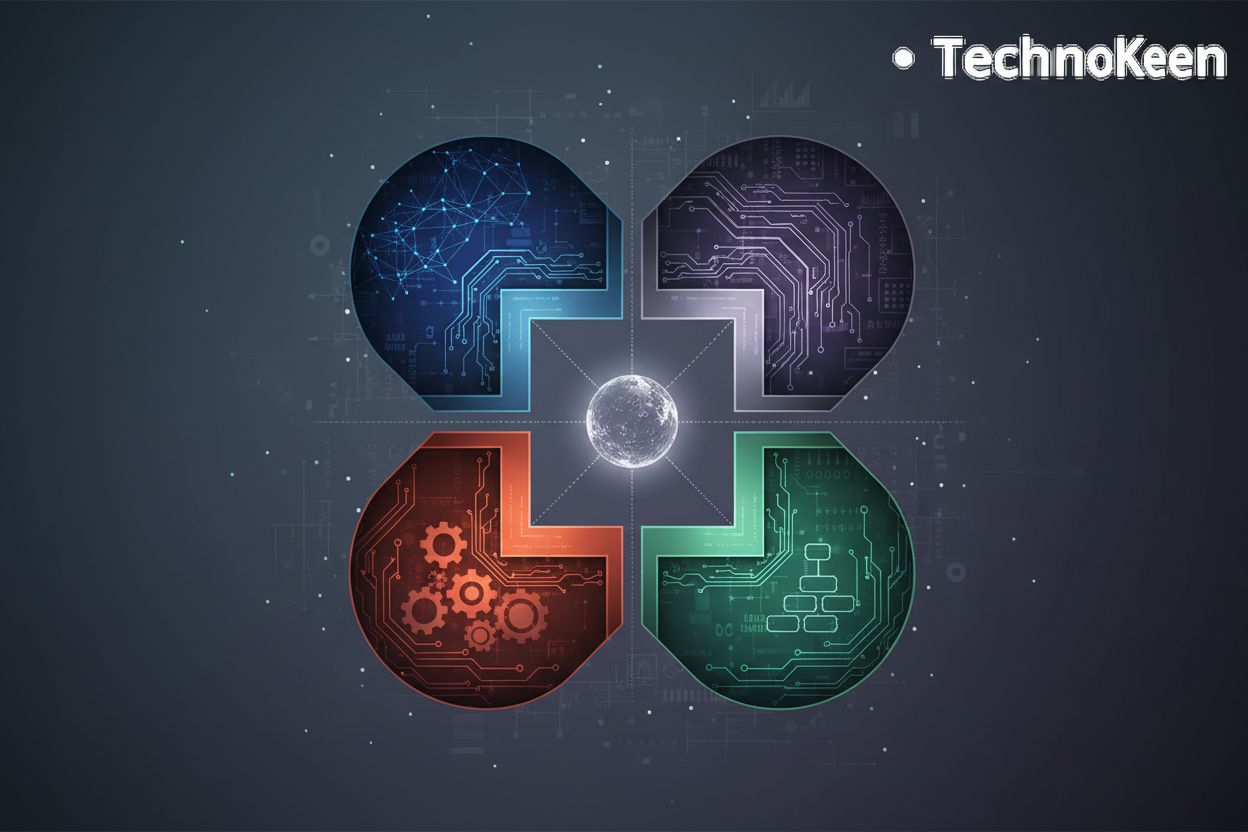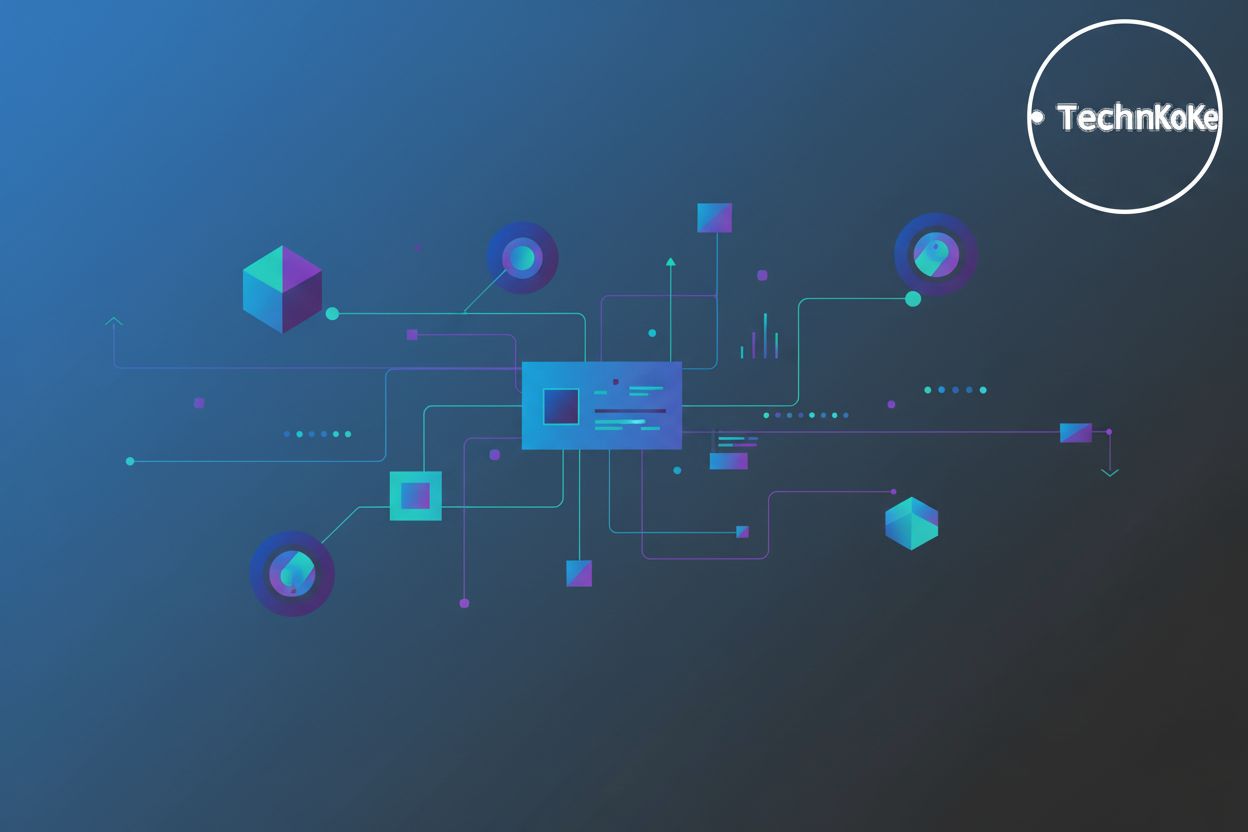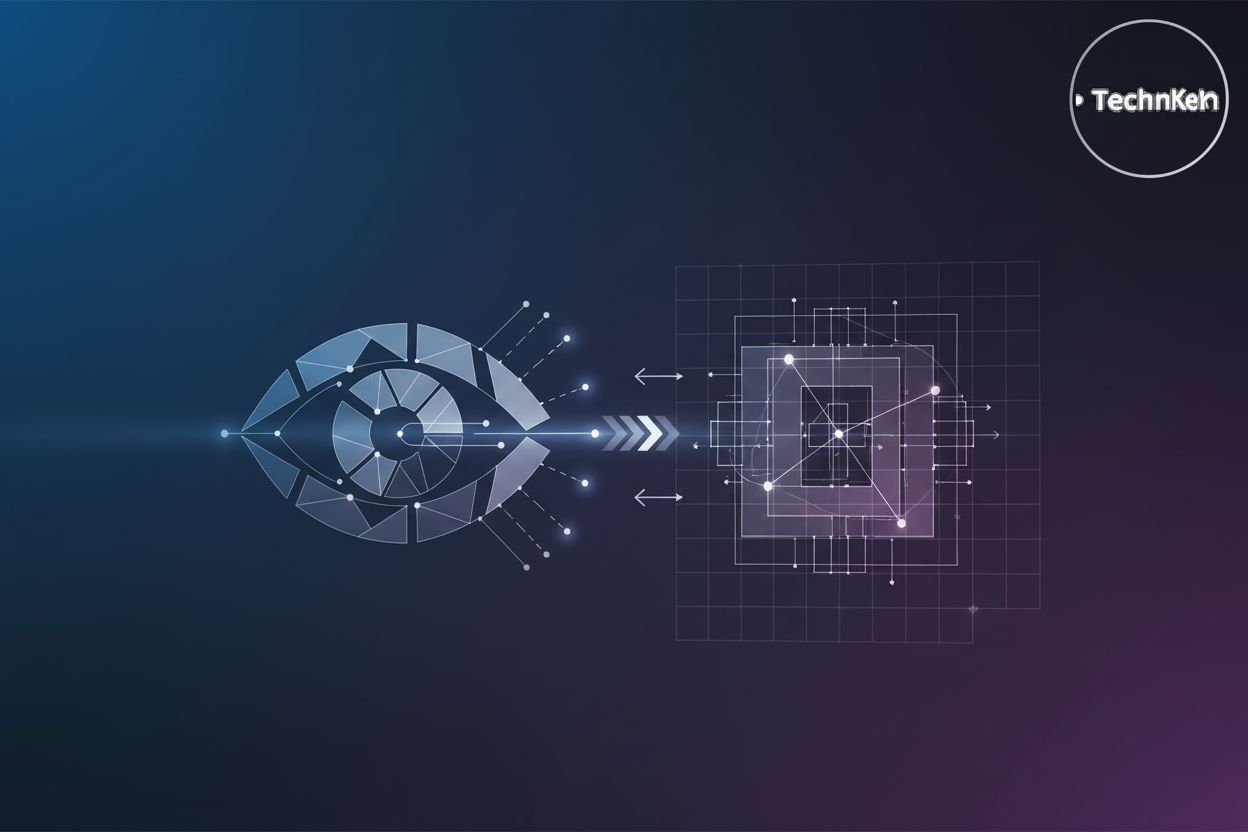AI Agent Frameworks for Distributed Agent Support
TL;DR
Understanding AI Agent Frameworks and Distributed Support
Okay, let's dive into AI Agent Frameworks and Distributed Support. It sounds super technical, but trust me, it's not as scary as it seems. I had a friend who thought AI was just for sci-fi movies, and now he's building AI-powered marketing tools!
Think of AI agent frameworks as construction kits for building smart helpers. Instead of starting from zero, you get a bunch of pre-made pieces – tools, code, and blueprints – that make the whole process way easier. It's like having LEGOs instead of mining your own plastic; you can get to the fun part faster.
- These frameworks provide a structured way to develop, deploy, and manage these AI agents. They give you pre-built tools that take the headache out of tasks like decision-making, communication, and even learning. Common pre-built components might include agent templates, communication modules for inter-agent messaging, data connectors to various sources, and basic decision-making logic.
- Frameworks really help standardize how things get done. This makes it a lot easier for teams to work together and scale up their AI projects. So, if you are working with a team, you want to look into standardizing the workflow for everyone.
So, what is distributed agent support? It's basically letting AI agents spread out and work across different systems and locations. This makes them more scalable and reliable. Instead of one big brain, you have a network of smaller brains working together.
Think of it like this: instead of one massive server handling all your website traffic, you have a bunch of smaller servers spread out geographically. If one goes down, the others pick up the slack. Technically, this often involves architectures like microservices where each agent is a small, independent service, or peer-to-peer networks where agents communicate directly, or cloud-based distributed systems that leverage scalable infrastructure.
- It allows the agents to share resources and work together, making problem-solving more efficient and effective.
- Distributed setups are key for tackling huge, complex jobs that need a variety of skills and data.
Using frameworks for distributed ai agents has a lot of benefits to consider:
- Faster development cycles are possible thanks to the pre-built components and processes.
- Improved scalability and resource utilization, as tasks are spread across different agents and systems.
- Enhanced reliability and fault tolerance through redundancy and decentralized operations.
Plus, you get better security and data privacy with distributed data processing and controlled access. This all sounds pretty good, right?
So, what's next? Well, now that we've got a handle on what AI agent frameworks are and why distributed support is important, we can start to think about all the specific benefits that using these frameworks can bring. Ready to get into that?
Core Components of AI Agent Frameworks for Distributed Environments
Alright, so you're wondering what makes these AI agent frameworks tick, huh? It's kinda like taking apart an engine to see how it works, but less greasy and more… well, code-y.
Think of these core components as the essential ingredients for a distributed agent system. Without 'em, you're basically trying to bake a cake without flour – gonna be a mess!
Agent Communication Protocols are how agents chat with each other. Imagine a team where no one can understand what the other person is saying. Total chaos, right? These protocols make sure agents can swap info and coordinate their moves, using things like message queues and APIs.
Effective communication is a big deal. It's what makes sure agents can work together smoothly in a distributed setup.
Task Management and Orchestration handles assigning tasks to agents, keeping an eye on progress, and making sure everything gets done. It's like a project manager for AI, ensuring tasks are prioritized and errors are dealt with swiftly.
Orchestration tools get all the agents moving in sync to handle big, complex workflows.
Memory and Knowledge Sharing lets agents remember stuff and share what they know. Think of it like giving each agent a notepad and a way to compare notes. Distributed memory setups make sure everyone can get to the info they need.
Security and Access Control are also super important. You don't want rogue agents messing with sensitive data, do you? Frameworks might offer features like authentication mechanisms (e.g., API keys, OAuth), authorization rules to define what agents can access, encryption for data in transit and at rest, and audit trails to log agent actions.
Understanding these core components helps us evaluate how different frameworks stack up. Now, let's look at what you should be thinking about when you're actually picking one.
Key Considerations When Selecting a Framework
Alright, so you're thinking about diving into AI agent frameworks? Cool, but hold up a sec—it's not just about picking the shiniest new toy. You gotta think about security and compliance, or you might end up in a world of trouble.
- First thing's first, check that your framework meets all your security and compliance needs. Seriously, don't skip this.
- Look for stuff like encryption, access controls, and audit logging. It's like making sure your house has good locks and an alarm system.
For instance, if you're in healthcare, you're gonna need a framework that's HIPAA compliant.
And that's not all—if you're processing payments, PCI DSS compliance is non-negotiable. You don't want to be the next big headline about a major data breach, do you?
It's also important to consider the framework's support for industry standards and regulations. Nobody wants to get slapped with a hefty fine for not following the rules.
Beyond security, you should also think about:
- Ease of Use and Developer Experience: How steep is the learning curve? Is the documentation clear? A framework that's easy to get started with will save you a lot of headaches.
- Community Support and Ecosystem: A strong community means more resources, tutorials, and help when you get stuck. Plus, a vibrant ecosystem often means more integrations and extensions.
- Extensibility and Customization: Can you easily add your own custom agents, tools, or logic? Or are you locked into what the framework provides?
- Performance and Scalability: How well does the framework handle large numbers of agents or complex tasks? Are there benchmarks available?
- Licensing and Cost: Understand the licensing terms and any associated costs, especially for commercial use.
So, before you jump in headfirst, make sure you've ticked all the boxes when it comes to security, compliance, and these other crucial factors. Next up, we'll be looking at some specific frameworks that are out there.
Top
LlamaIndex is like a Swiss Army knife for your data; it's all about connecting your AI to, well, everything. You know, those pesky PDFs, spreadsheets, and even your brain-numbing meeting notes? It wrangles 'em all.
- It's got prepackaged agents, tools, and workflows, which means you are not coding from scratch. Think of it as Legos for AI – snap things together and boom, you've got a multiagent system.
- The workflows are the real deal, especially if you need your ai agents looping back or branching out. Like, if an agent hits a dead end, it can backtrack and try another approach. Pretty neat, huh?
- If you need dynamic ai agent apps that pivot and adapt, LlamaIndex is worth a look, or two.
While LlamaIndex is a strong contender, other frameworks like LangChain offer similar capabilities for building distributed agent systems, often with different strengths in their modularity or integration with specific LLMs. AutoGen is another popular choice, focusing on enabling developers to build applications with multiple agents that can converse and collaborate. These frameworks often provide robust tools for agent communication, task orchestration, and memory management, helping to address the security and compliance concerns we discussed earlier.
Think of it as giving your AI a memory and the ability to learn from its mistakes. Now, let's move onto implementing these systems.
Implementing and Managing Distributed AI Agent Systems
Alright, so you're ready to deploy your distributed AI agent system? It's kinda like moving all the furniture into a new house - sounds simple, but there's a lot of moving parts!
When you're actually putting your AI agents to work, there's a few things to keep in mind to make sure it goes smoothly. I mean, you don't want your agents crashing before they even get started, right?
First off, containerization is your friend. Using tools like Docker and Kubernetes helps you package your agents and manage them efficiently. It's like having moving boxes that are all the same size and easy to stack.
Don't forget about the cloud! Cloud platforms like AWS, Azure, or GCP give you the scalability and reliability you need. So, you can think about cloud platforms as a big, flexible storage unit where you can keep all your agents safe and sound.
Lastly, you need to keep an eye on things. Monitoring and logging are crucial for tracking agent performance and spotting any potential issues. It's like having security cameras to make sure everything's running smoothly.
Okay, so you've got your agents up and running. That's great, but the job's not over yet. You need to keep them in tip-top shape!
KPIs are your best friend here. Establish key performance indicators to measure how well your agents are doing and the overall health of your system. It's like setting goals for your agents and checking in to see if they're hitting them.
Agents aren't static, they need to keep learning to stay sharp. Regularly update and retrain them so they stay accurate and adapt to new situations. Think of it as sending your agents back to school to learn new tricks.
No system is perfect, so you need to be prepared for errors. Implement robust error handling and recovery mechanisms to minimize downtime. It's like having a backup plan in case something goes wrong!
Alright, this is super important: ethical ai. You can't just let your agents run wild without thinking about the consequences.
- Make sure your ai agent systems are fair, transparent, and accountable. Think of it as treating your agents like responsible citizens. For example, frameworks might offer tools for bias detection in training data, or provide mechanisms for logging agent decisions to enable auditing and accountability. Transparency can be enhanced through explainability modules that shed light on an agent's reasoning process.
- Address any potential biases in your data and algorithms to prevent discriminatory outcomes. You don't want your agents to be unfair, right?
- Comply with all the relevant regulations and ethical guidelines for AI development and deployment. It's like following the rules of the road to avoid accidents.
So, you've deployed, monitored, and kept your agents ethical. What's next? Well, let's wrap things up with a quick look at the future of AI agent frameworks.
Conclusion
Alright, so you're standing at the edge of the AI agent framework world – what's next? It's wild to think that what was once sci-fi is now just... Tuesday for some companies.
- Expect to see a bigger push for explainable ai (xai). Right now, it can be a black box, which isn't great for trust or compliance. We need to know why an agent made a decision, not just that it did. Frameworks will likely integrate more robust XAI features to meet this demand.
- Keep an eye on how these frameworks play with edge computing and iot devices. Imagine smart agents running right on your devices, making real-time decisions without needing a constant cloud connection. The possibilities are kinda endless. This trend will require frameworks to become more lightweight and efficient.
- Things are really heading toward better ai agent collaboration. It won't just be individual agents doing their own thing, but swarms of 'em working together seamlessly. Think a whole team of virtual assistants, coordinating to handle complex tasks.
AI agent frameworks are changing how businesses get stuff done. It isn't just hype, but real process optimization. By picking the right tools and managing things smartly, organizations can tap into the full potential of these systems.
Embracing these technologies is gonna be key for staying competitive. Not just in tech, but in practically every industry. Don't get left behind, you know? If you're looking for more insights into AI tools, you might find resources like the ones Shakudo offers helpful for exploring different options.




